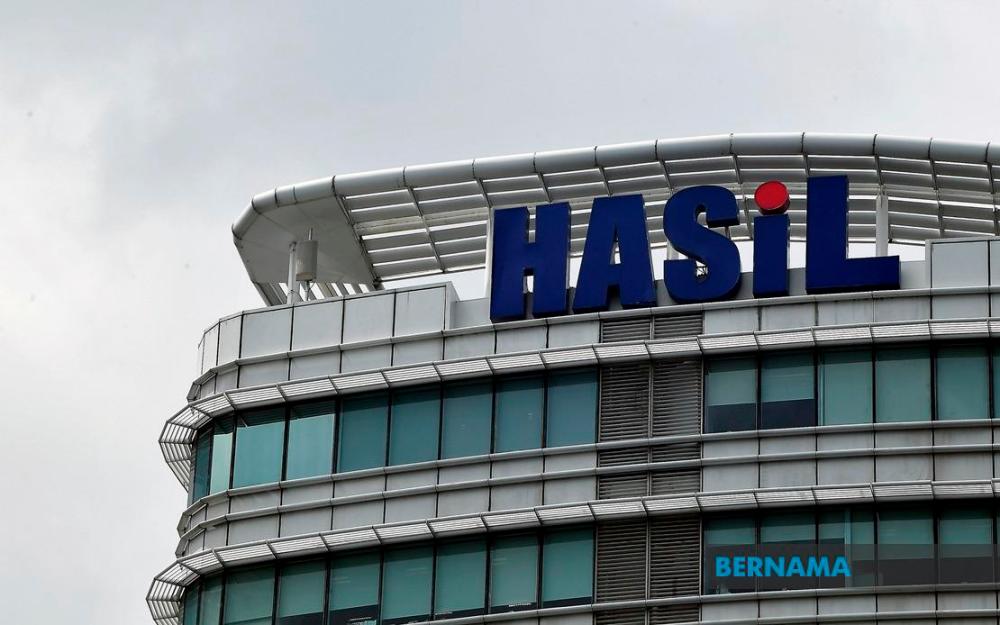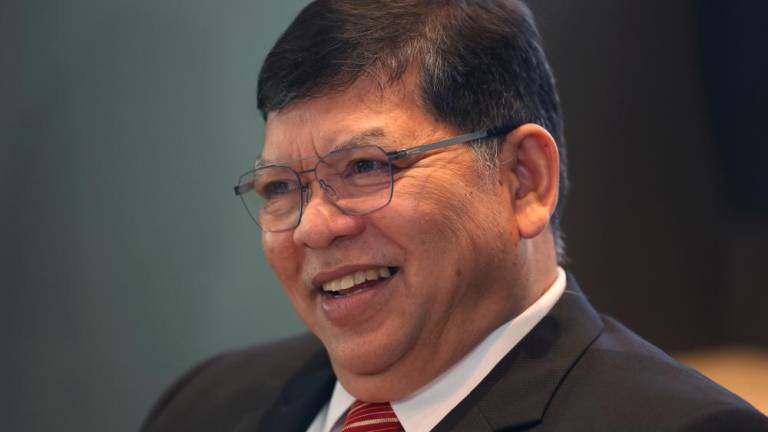THE recent win in the High Court by Tenaga Nasional Bhd (TNB) in its claim for reinvestment allowance (RA) of RM1.8 billion for 2018 has sent ripples among taxpayers who may have been denied RA in the past.
Taxpayers who have not claimed RA or have been denied RA on the grounds that they are not carrying on a manufacturing activity may need to revisit their position. Although the TNB decision is the law now, the Inland Revenue Board (IRB) may appeal to the Court of Appeal.
RA is available for manufacturing companies who carry out expansion, modernisation, automation, or diversification projects. There is comprehensive legislation in Schedule 7A of the Income Tax Act. There are also two comprehensive public rulings (No. 10/2020 and No. 11/2020) outlining the IRB’s interpretation of the legislation. The rulings set out in detail the dos and don’ts of claiming RA.
IRB should be commended for a comprehensive document. However, these are their points of view and taxpayers have a choice whether to follow the public ruling or not.
RA is regularly being scrutinised by the IRB during tax audits and investigations and very often it is a point of dispute between the parties. The quantum of the claims is usually significant, and any adjustment could result in significant additional taxes and penalties. It is absolutely important for taxpayers to prepare the necessary documents to defend their claims.
Common mistakes made by taxpayers
Many taxpayers do not follow the letter of the law, or the guidance provided in public rulings. Examples of such mistakes will include:
► The absence of a project paper, feasibility study, business plans, budgets, directors resolutions, and other relevant documents supporting the project;
► Mismatch between the company incurring the investments and the company using the plant and machinery;
► Failure to exclude capital expenditure incurred for the benefit of the directors and the management and distinguishing plant and machinery directly and indirectly used in the manufacturing process;
► Inadvertently claiming RA on non-qualifying activities and claiming on areas used for storage where it exceeds one-tenth of the factory building area;
► Claiming RA on transfer of assets from related parties who have previously claimed RA on the same assets.
Issues of contention with IRB
Starting with the issue of “manufacturing” which is now been brought to the forefront through the TNB case, there are many more issues of contention. Examples would be the determination of the commencement date which is a question of fact between the taxpayer and the authorities
Although the definition of “simple” has been defined in the ITA as an activity which does not need special skills, machines, or apparatuses for carrying out the activity, it is a matter for debate as the examples provided in the public ruling may not reconcile with the taxpayer’s views.
Similarly, the IRB’s view that if the taxpayer moves out of an existing factory into a bigger factory, the RA is only available on the additional factory area rather than the whole new factory is debatable. Plant that is used indirectly (that is, forklifts used outside the factory) in the manufacturing activity will not qualify according to the public ruling. However, such activities are part and parcel of the manufacturing activities and denying such claims does not appear to reconcile with the law.
An expenditure on plant and machinery is not incurred until it is capable of being used, and the usage of the machine during trial runs do not allow the taxpayer to commence claiming RA.
There are also interpretational issues on the definition of expansion, modernisation, automation, and diversification.
The way forward
Taxpayers should pay greater attention in preparing the necessary documents at the time the claim is made in the tax computation. Do not wait for IRB to initiate an audit and thereafter scramble to prepare the documents. It is best to clarify your doubts with your advisers or with the IRB before you undertake the project.
IRB should be amenable to providing feedback to taxpayers as part of their current push to enhance compliance among taxpayers.
This article was contributed by Thannees Tax Consulting Services Sdn Bhd managing director SM Thanneermalai.













